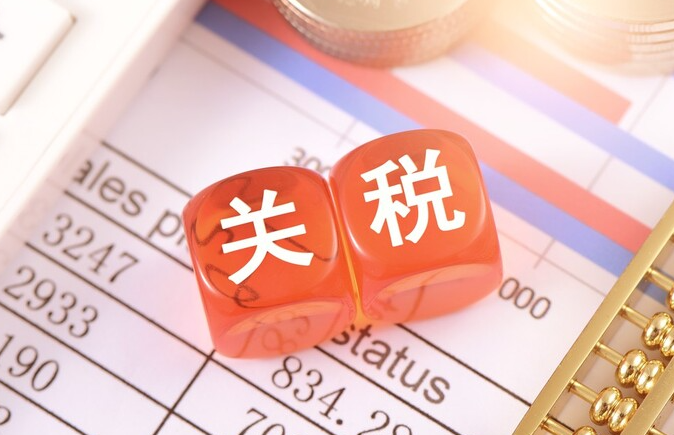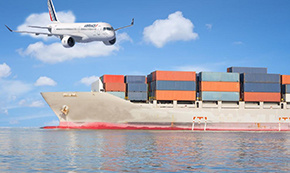All categories >
In order to stock up before the tax increase in the United States, importers have started hoarding goods (imports from China to the U.S. have performed strongly this year).
Categories:
News
News Center
Time of issue:
2025-01-17 12:22
Views:
Before President Donald Trump's planned new tariffs (which could restart a trade war between the world's economic superpowers), some companies stockpiled clothing, toys, furniture, and electronics, with U.S. imports from China performing strongly this year.
Trump took office on January 20, threatening to impose tariffs of 10% to 60% on Chinese goods. During his first term, Trump primarily targeted Chinese components. Economists and trade experts predict that his next wave of tariffs may apply to finished products.
Frederic Neumann, chief Asia economist at HSBC in Hong Kong, stated: "As importers seek to preemptively address potential tariffs on consumer goods, China's exports of final products to the U.S. have increased."

Chinese trade officials said on Monday that exports surged to record levels in December.
Lu Daliang, a spokesperson for the General Administration of Customs of China, stated at a press conference in Beijing that the significant increase partly reflects concerns over the escalation of trade protectionism.
According to data from trade data provider Descartes Systems Group, U.S. ports handled the equivalent of 451,000 40-foot containers of goods from China in December, a year-on-year increase of 14.5%.
Descartes stated that U.S. imports from China of bedding, plastic toys, machinery, and other products are expected to grow by 15% compared to 2023.
Helen from Troy Ltd, a seller of OXO kitchen tools, Hydro Flask water bottles, and Vicks over-the-counter medications, contributed to this growth. Executives stated during last week's earnings call that the company has been building strategic inventories aimed at reducing tariff risks.
"There are only a few days left until the inauguration. I think once President Trump is in office, we will get more clarity," said Noel Geoffroy, CEO of Troy, when discussing the new U.S. tariff policy.
MSC Industrial Direct, a distributor of tools, electrical, and plumbing supplies, sources about 10% of its inventory from China. Executives told investors last week that the company is stocking up on its most popular products that may face new tariff risks while promoting U.S.-made goods.
Due to businesses closely monitoring trade data, it is difficult to determine the true impact of Trump's tariff risks on overall import revenues.
Demand elasticity
Complicating the analysis is the fact that resilient American shoppers have been stimulating demand. Some importers have also introduced safety stock to guard against Houthi attacks near the shipping routes of the Suez Canal trade shortcut, as well as labor disputes at East Coast and Gulf Coast ports.
Meanwhile, Trump has also threatened to impose tariffs on goods from many other countries, including North American neighbors Mexico and Canada.
Walmart, the largest user of container shipping, is one of the retailers that freight data analysts say has increased imports in recent months. Walmart did not comment on this assessment.
Data from S&P Global Market Intelligence shows that in the fourth quarter, there was significant growth in several categories of goods imported by the U.S. from all geographic sources.
Textiles and apparel rose by 20.7%; leisure products, mainly toys, increased by 15.4%; home goods grew by 13.4%; and according to S&P, household appliances and consumer electronics rose by 9.6% and 7.9%, respectively.
S&P reported that essential consumer goods categories such as household and personal care, as well as food and beverages, increased by 14.2% and 12.5%, respectively.
Michael O'Shaughnessy, CEO of Element Electronics Corp., stated that there was a surge in shipping goods to the U.S. at the end of the year.
Element primarily imports components from China for its flat-screen TV assembly plant in Winnsboro, South Carolina, the last major TV manufacturing facility in the U.S. It also imports finished televisions. The company built buffer stock when dockworkers threatened to shut down the East Coast ports it uses.
However, O'Shaughnessy stated that the inputs he is willing or able to bring in are limited.
"There is no place to put everything," he said. "Additionally, there are working capital constraints. It costs you money every day it sits there."
Keywords:










